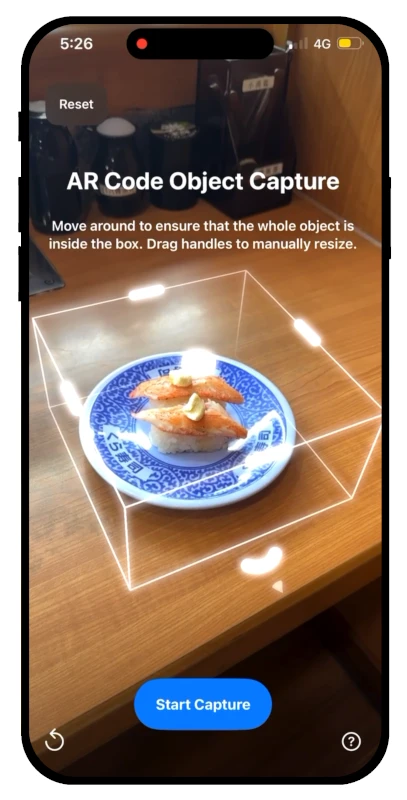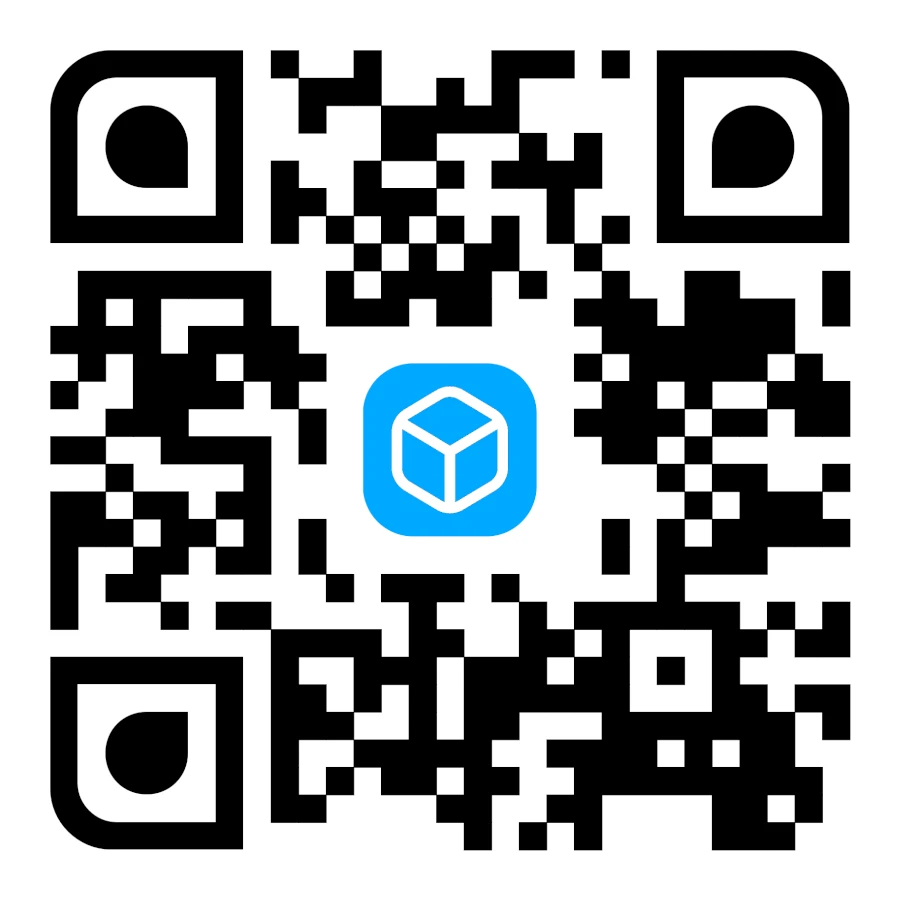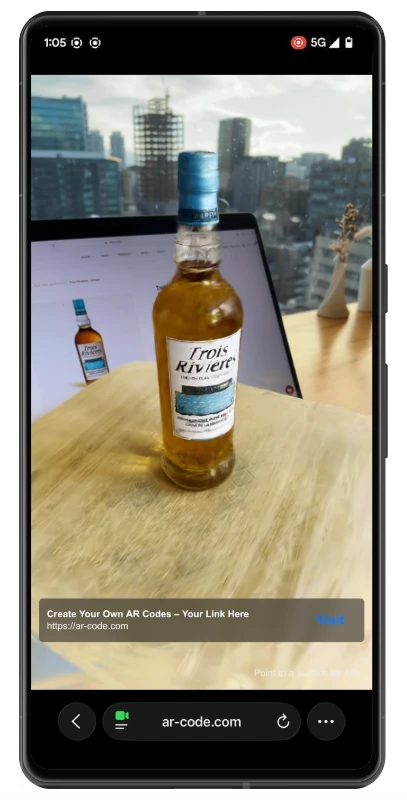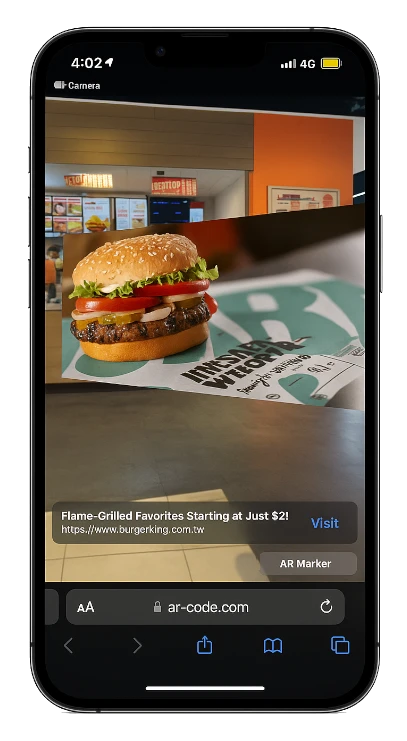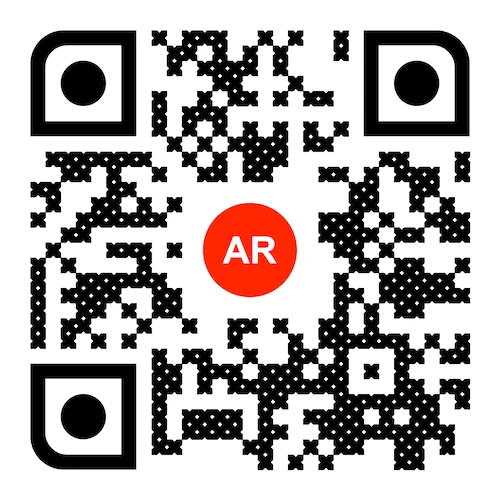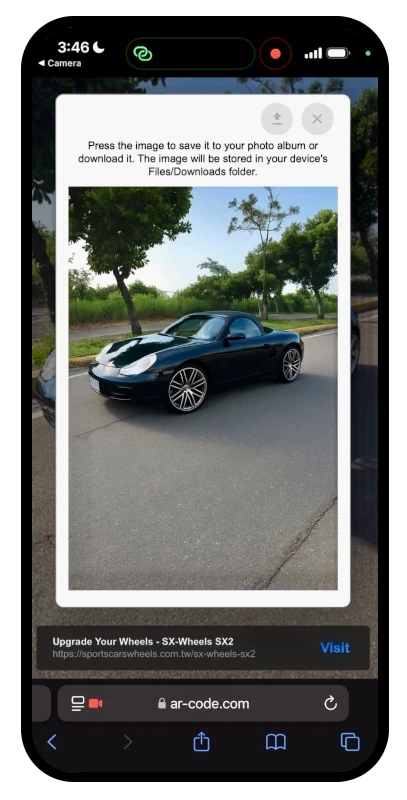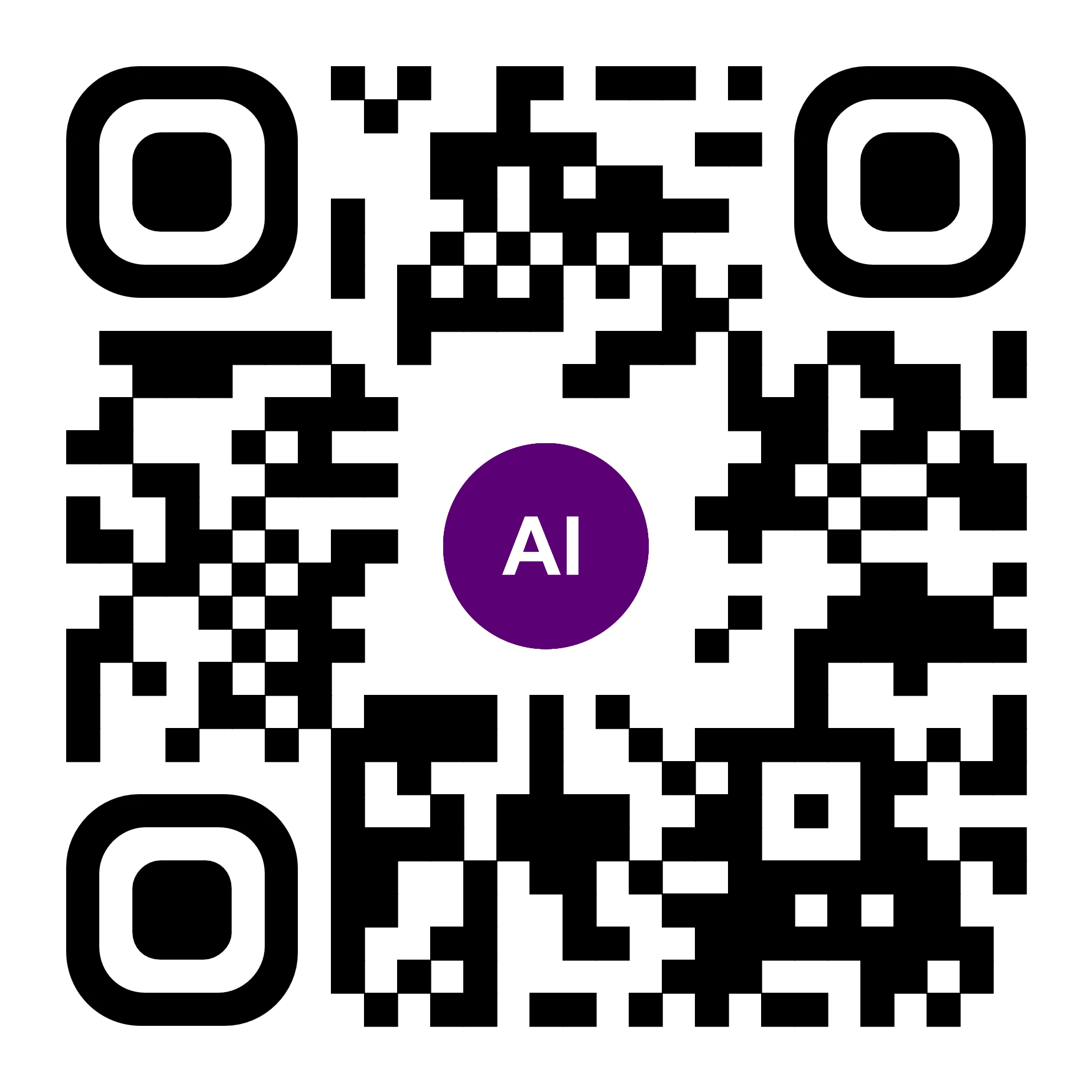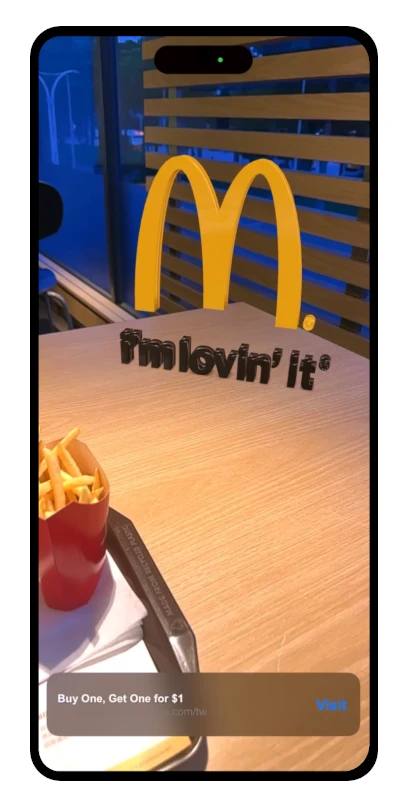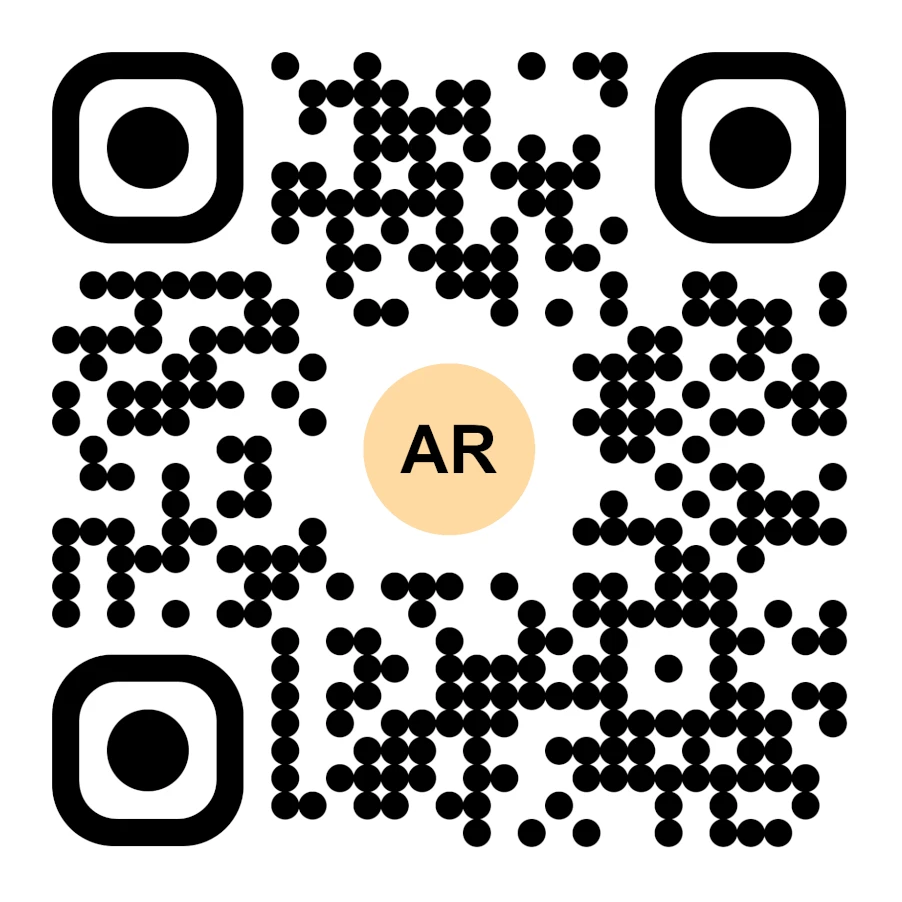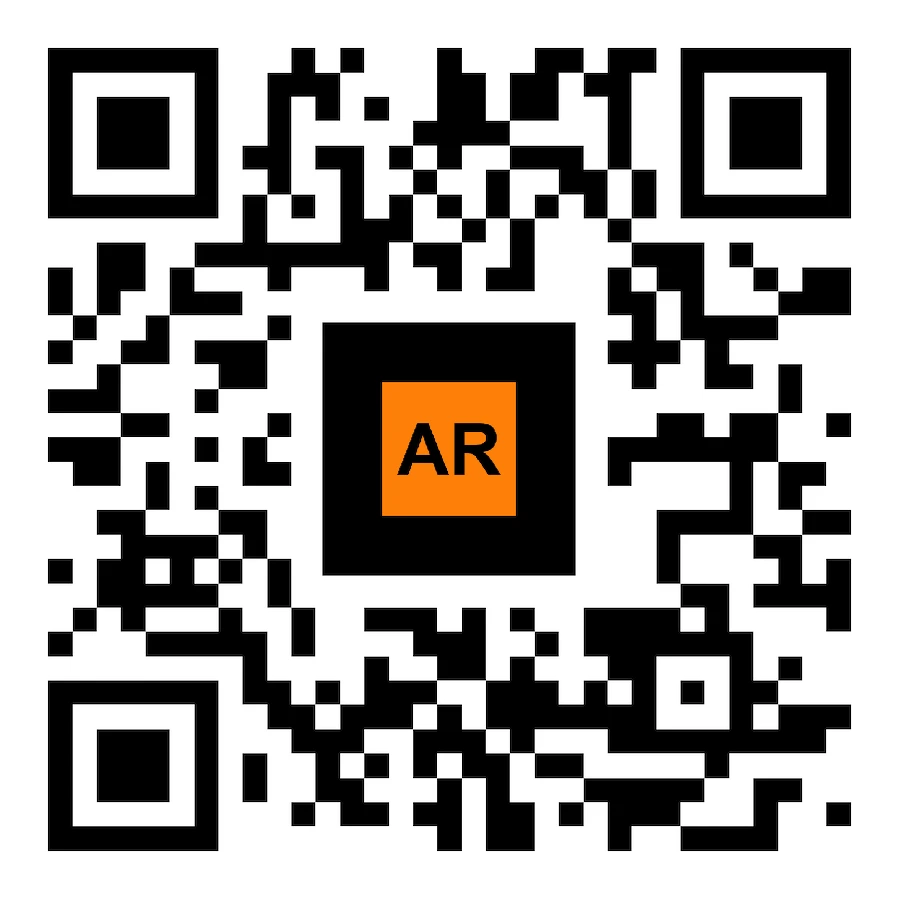VIDEO TUTORIAL: How to compress / reduce the size of a 3D model in Blender (GLB, GLTF, DAE, FBX, OBJ...)?
Tutorials | 01/12/2025 |
Blender is a powerful open-source 3D software trusted by professionals and businesses for high-quality 3D graphics, animation, and visual effects. Its compatibility with major formats—GLB, GLTF, DAE, OBJ, ABC, USD, BVH, PLY, STL, FBX, and X3D—makes it indispensable for businesses looking to streamline 3D modeling, design, and augmented reality workflows. (https://www.blender.org/download/).
How to Optimize 3D File Size for Superior AR Code Performance
Accelerate business AR adoption and increase engagement by preparing your 3D models with Blender before uploading them to AR Code. Well-optimized 3D models deliver seamless augmented reality, drive interaction, and elevate your brand presence. Learn more about scanning AR Codes for instant experiences.
To ensure a smooth mobile AR Code experience, aim for your 3D content to load in under 10 seconds on any device. With typical mobile internet speeds averaging 1 megabit per second, optimizing file size is essential for retention and higher engagement.
Follow these practical steps to compress 3D files in Blender and deliver standout AR for your business:
Step 1: Compress and Optimize 3D Model Textures
Reduce texture file size with an image editor like GIMP, a leading open-source tool (https://www.gimp.org/downloads/).
Access your 3D model textures as follows: .gltf + .bin + textures:
- Import your 3D model into Blender
- Export your 3D model in .gltf + .bin + textures
- Open the texture files in GIMP
- Resize images efficiently (recommendation: 1024x1024 pixels or less): Image > Scale Image
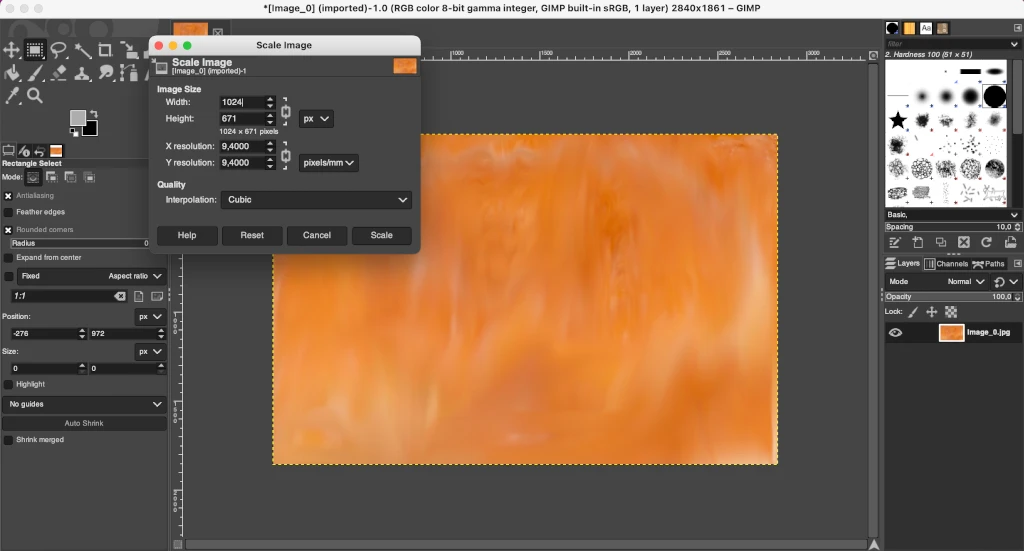
- Export textures as *.jpg with quality 90 or lower for optimal compression: File > Export as
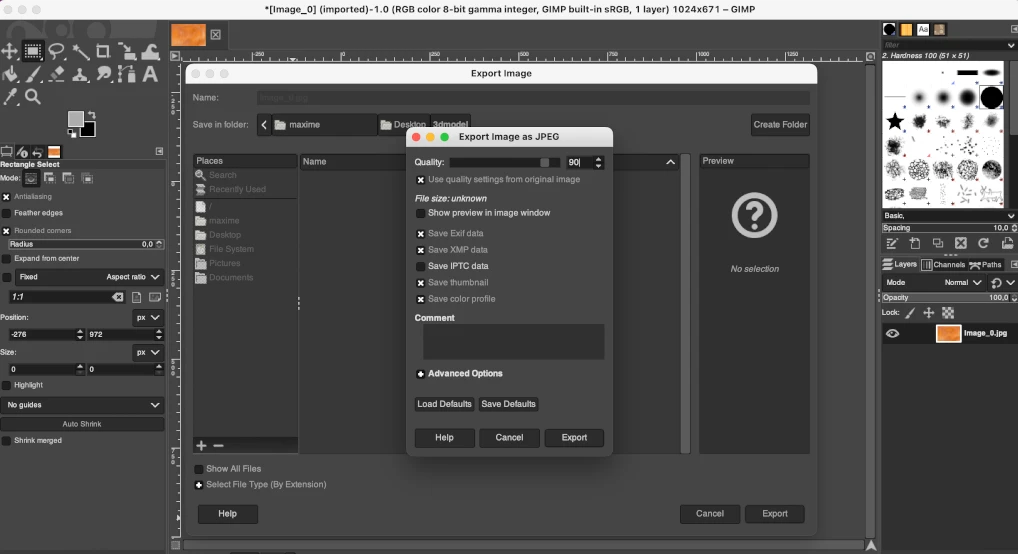
- Update textures in Blender, or edit your .gltf file in a text editor to change file references (e.g., from ".png" to ".jpg")
- Save your optimized files for the next step

Step 2: Streamline Your 3D Model Using Decimation in Blender
Reduce polygon count for fast AR performance. Use Blender’s decimate modifier to simplify meshes while maintaining visuals, ensuring speedy AR experiences for your business clients and audiences.
- Import the optimized *.gltf file into Blender
- Select the meshes you want to optimize
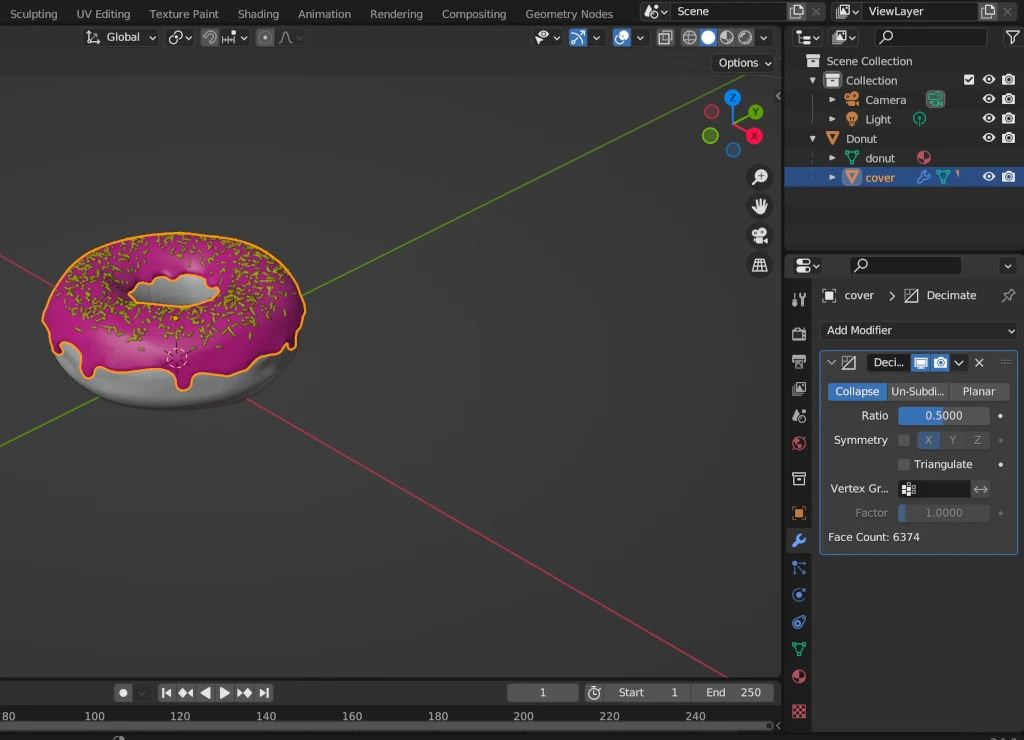
- Apply the decimation modifier so each mesh contains fewer than 50,000 faces for top AR results. For static, non-animated models, join several meshes for efficient optimization.
- Export your 3D model as a *.glb file, selecting “Apply modifiers”—do not enable the “Compress” export option
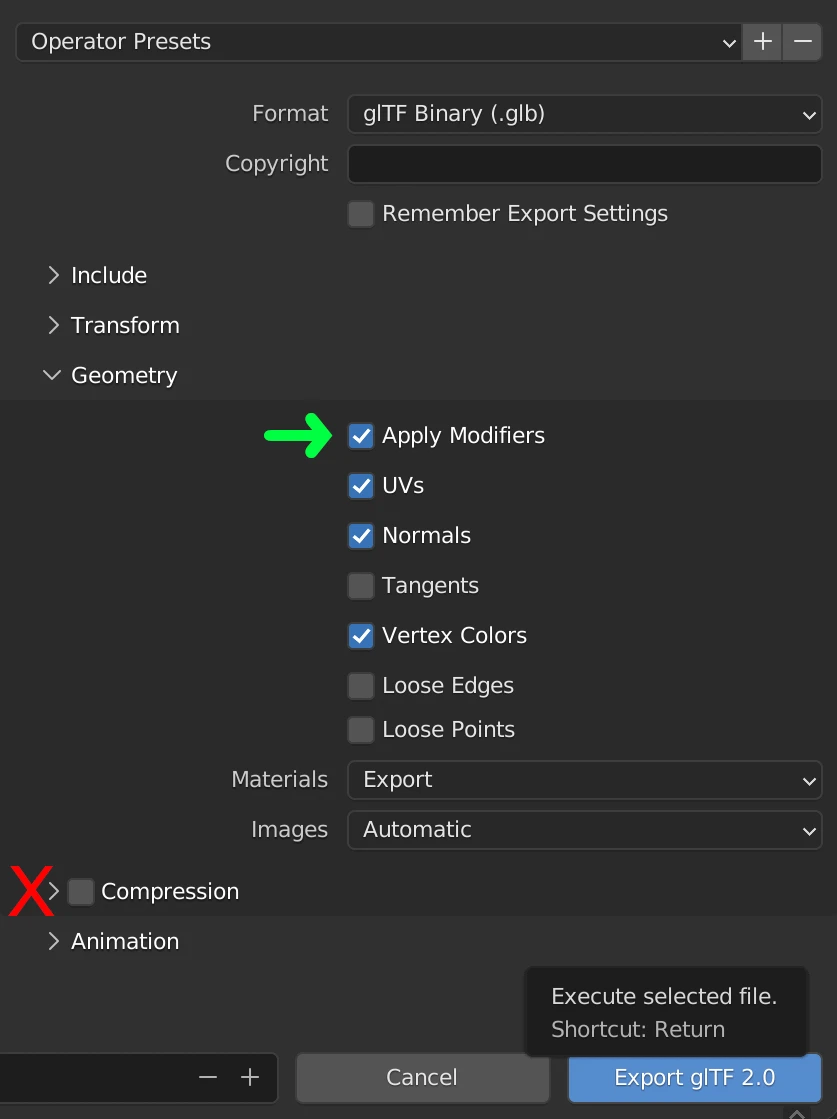
Your optimized 3D model is now ready for upload to AR Code, enabling interactive AR marketing, streamlined training, and immersive visualizations for your business operations.
How to Upload a 3D File on AR Code for High-Impact Business AR Experiences
To guarantee fast loading and maximum engagement with AR Code, keep your 3D files to 25MB or less. Large files slow down performance and can impact user satisfaction. For detailed instructions, see Uploading 3D models on AR Code, what File Size and Format?. Well-optimized files drive quick, dynamic AR experiences, vital for business marketing, sales, and training.
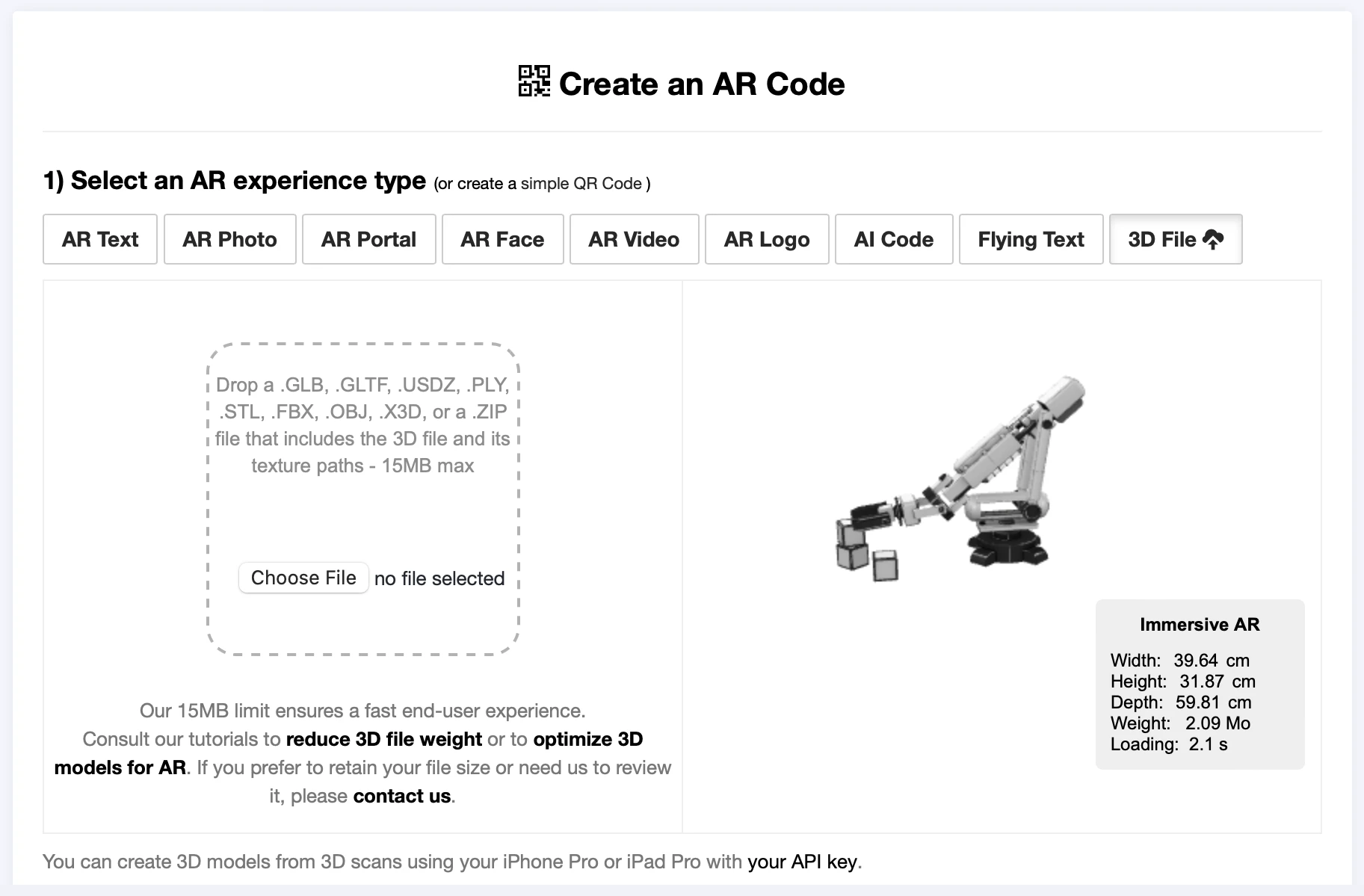
Watch the Video Tutorial: Compressing 3D Files in Blender for AR Code
Prefer hands-on learning? Watch our tutorial to master 3D model compression and AR Code uploading. Empower your team to design interactive AR experiences that set your business apart and drive higher conversions. For step-by-step optimization, visit our complete video guide to compressing 3D files in Blender.
Quick Recap: Compressing and Optimizing for Business-Grade AR
Step 1: Compress 3D Model Textures
- Import your 3D model into Blender
- Export as .gltf + .bin + textures
- Open texture files in GIMP
- Resize images (1024X1024 or less)
- Export textures as *.jpg (quality 90 or lower)
- Edit .gltf file paths as needed
- Save optimized assets
Step 2: Decimate Meshes in Blender
- Import the modified *.gltf file
- Select meshes to optimize
- Reduce to under 40,000 faces per mesh; check AR rendering quality
- Tip: Join meshes for static models
- Export as *.glb, applying modifiers
- Upload your file to AR Code
Optimizing your 3D models for augmented reality transforms your company’s digital presence. With Blender and GIMP, you can produce striking, highly interactive AR content for marketing, e-commerce, manufacturing, and education. Consistently test your AR files for seamless and engaging business experiences. Explore more on AR in educational solutions and AR for manufacturing innovation.
Managing industrial CAD assets? See our specialized tutorial for compressing and optimizing industrial 3D CAD models with MeshLab and Blender for business-optimized file management.
Create Advanced AR Experiences with AR Code’s Business-Ready 3D Tools
Accelerate your innovation and audience connection with the complete AR Code Object Capture suite for 3D scanning, 3D logo design, engaging AR Photo, immersive AR Portal, and next-gen AR Face Filters. Elevate branding, interactive product visualization, virtual showrooms, and social media campaigns. To further enhance your business's digital engagement, read our guide on using AR Code for interactive advertising.
Frequently Asked Questions
What is Blender and which file formats does it support for import and export?
Blender is a premium open-source platform for 3D graphics, animation, and effects. Supporting leading 3D file formats—GLB, GLTF, DAE, ABC, USD, BVH, PLY, STL, FBX, and X3D—businesses can easily transfer and reuse assets across platforms, including AR Code for interactive augmented reality. For optimizing your 3D workflows, see our 3D file conversion tutorial.
Why is it important to compress 3D models before uploading them to AR Code?
Compressing 3D models before uploading to AR Code ensures a smooth and responsive AR experience. Optimized, lightweight files reduce loading times and boost engagement, supporting your business goals for interactive marketing, sales, or training. For more, view our Blender file size reduction guide.
What is the process for compressing a 3D file in Blender to optimize it for Augmented Reality display?
To optimize a 3D file in Blender for AR, compress texture images with GIMP to reduce file size while maintaining image quality. Next, use Blender’s mesh decimation to lower polygon count and retain model shape. This ensures excellent AR visuals and reliable business performance.
What is the recommended file size limit for a 3D model on AR Code?
For optimal AR Code performance, keep your 3D models below 25MB. This allows for fast-loading AR experiences in scenarios such as product showcases, marketing, or remote training. For best practices, see our complete guide on scanning and launching AR Code experiences.
Tutorials - Latest Blog Posts
Tutorial on Leveraging the AR Code API Key
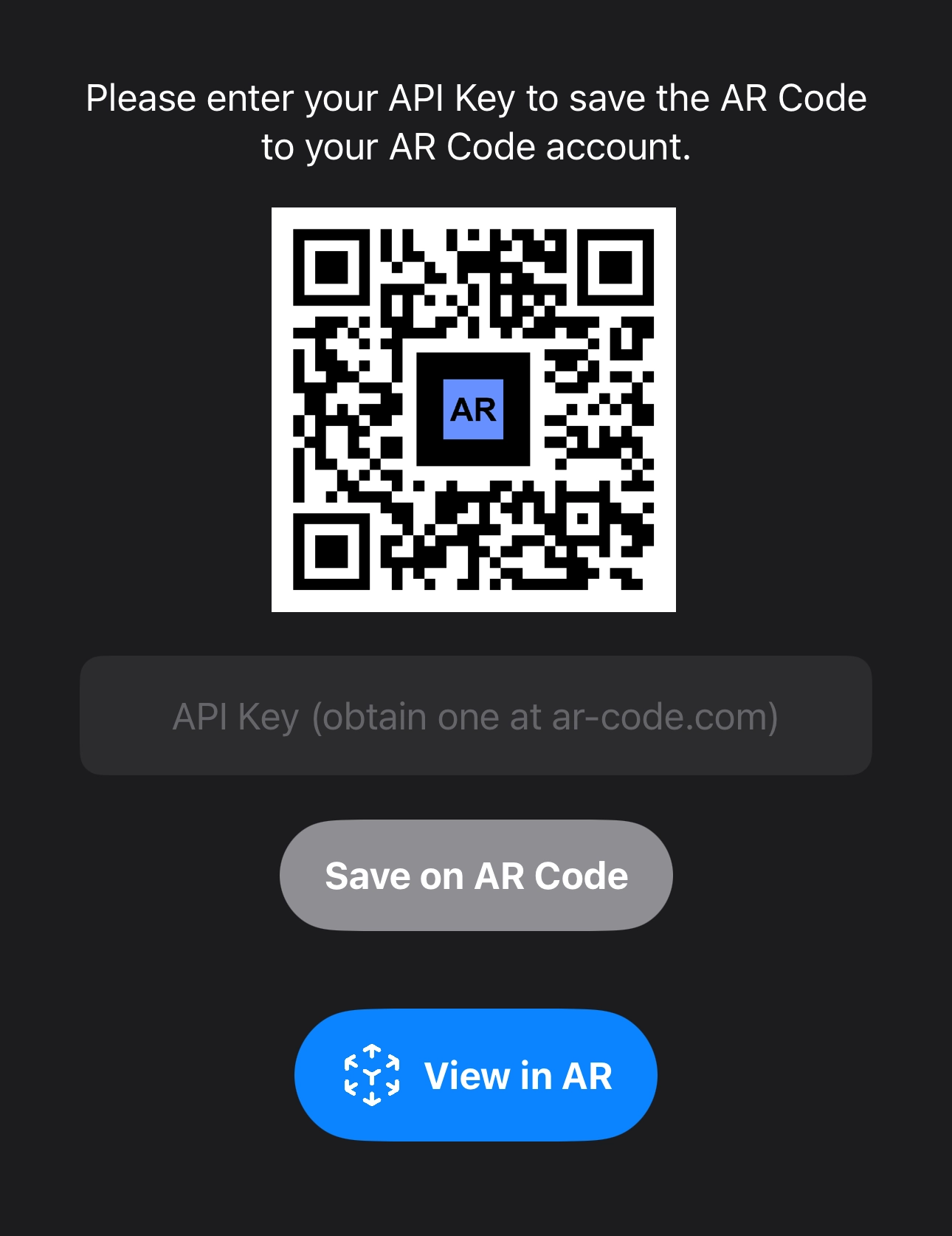
Boost your business growth and digital transformation using AR Code SaaS solutions—the advanced platform for seamless, scalable augmented reality integration. Empower your team with our AR Code API key tutorial and discover how AR Code streamlines AR content creation, automates workflows, and delivers engaging,...
How to Create a Customized AR Code Experience?

AR Codes revolutionize customer engagement by delivering interactive, immersive augmented reality experiences that help businesses stand out in a competitive digital market. AR Code’s advanced custom pages empower brands to design a memorable journey at the moment a user scans—instantly showcasing your unique...
How to Manage the File Size Limitation for 3D Models on AR Code ?

Drive business growth with powerful augmented reality by adopting AR Code SaaS solutions. AR Code lets your company quickly add advanced AR and 3D experiences to products, marketing materials, and branded messages, helping build engagement and elevate customer interaction. Optimizing 3D model file sizes is essential...
VIDEO TUTORIAL: How to make a 3D Model optimized for Augmented Reality with AR Code?
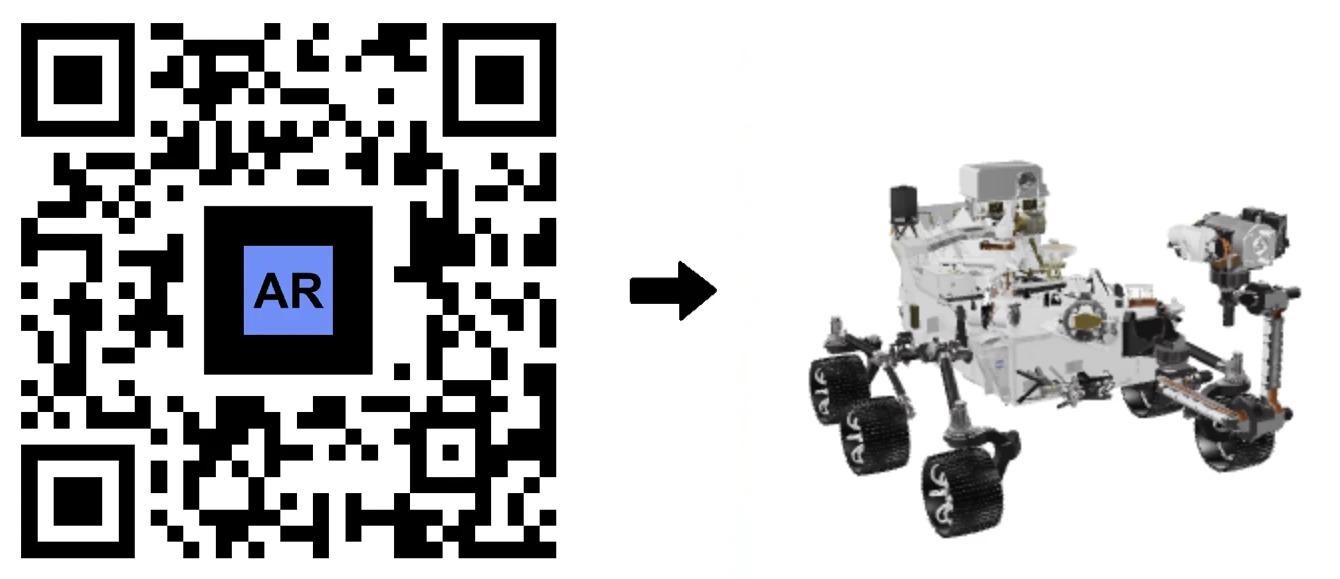
Elevate your business with AR Code SaaS solutions by seamlessly integrating immersive augmented reality (AR) content using optimized 3D models. This guide reveals how to prepare and enhance 3D assets in Blender to maximize your marketing, customer engagement, and interactive AR experiences. Discover how AR Code...
VIDEO TUTORIAL: How to convert a 3D CAD model from STP STEP or IGS IGES formats to GLB or OBJ

3D CAD models are fundamental for advancing innovation in industries like industrial manufacturing, real estate, creative agencies, and product design. Modern CAD platforms improve project efficiency, accuracy, and collaboration. Integrating AR Code SaaS solutions lets businesses bring 3D CAD models directly into...
VIDEO TUTORIAL: How to compress / reduce the size of an industrial 3D CAD model with MeshLab and Blender?

Enhance your business growth and stand out in your industry by adopting AR Code SaaS solutions for immersive augmented reality experiences tailored to your company. Leverage high-performance 3D models and master critical techniques, such as 3D model file size optimization in Blender, to deliver visually impressive,...
VIDEO TUTORIAL: How to Display a 3D Scan Photogrammetry in Augmented Reality with an AR Code

Unlock powerful business growth by using AR Code’s SaaS solutions for seamless photogrammetry uploads and immersive augmented reality rendering. With AR QR Codes, your organization can transform how customers engage with your brand—driving higher conversion and delivering memorable interactive experiences. Upgrade...
VIDEO TUTORIAL: How to create an AR Portal and anchor it with an AR Code?
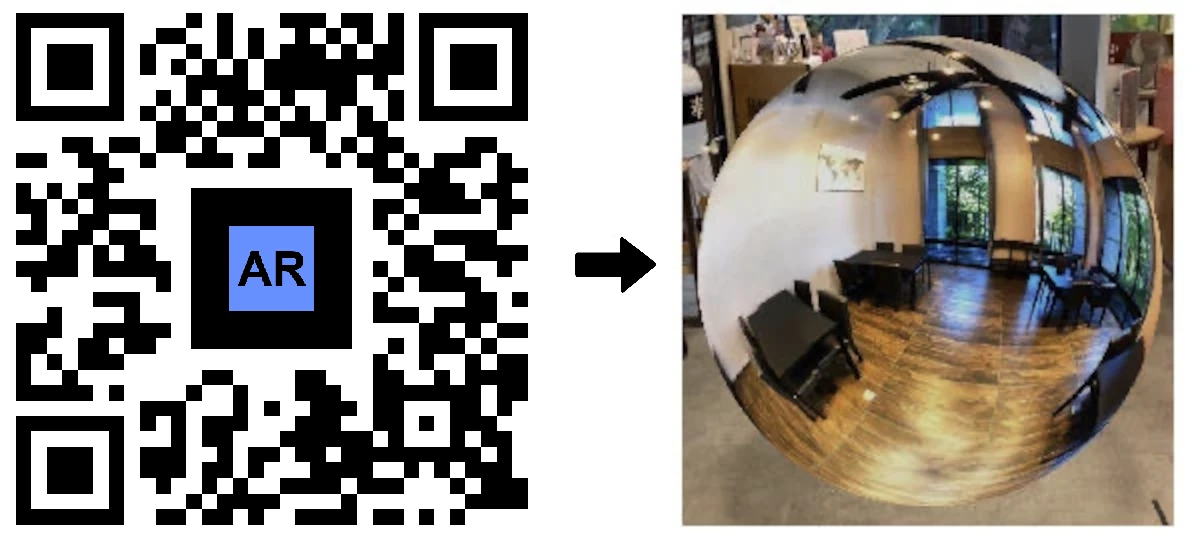
AR Portals are revolutionizing how businesses engage customers by delivering immersive augmented reality that boosts engagement and conversions. With AR Code SaaS solutions, you can showcase products or services through interactive, dynamic presentations that help consumers make informed decisions and inspire lasting...
VIDEO TUTORIAL: Generate 3D Text on AR Code
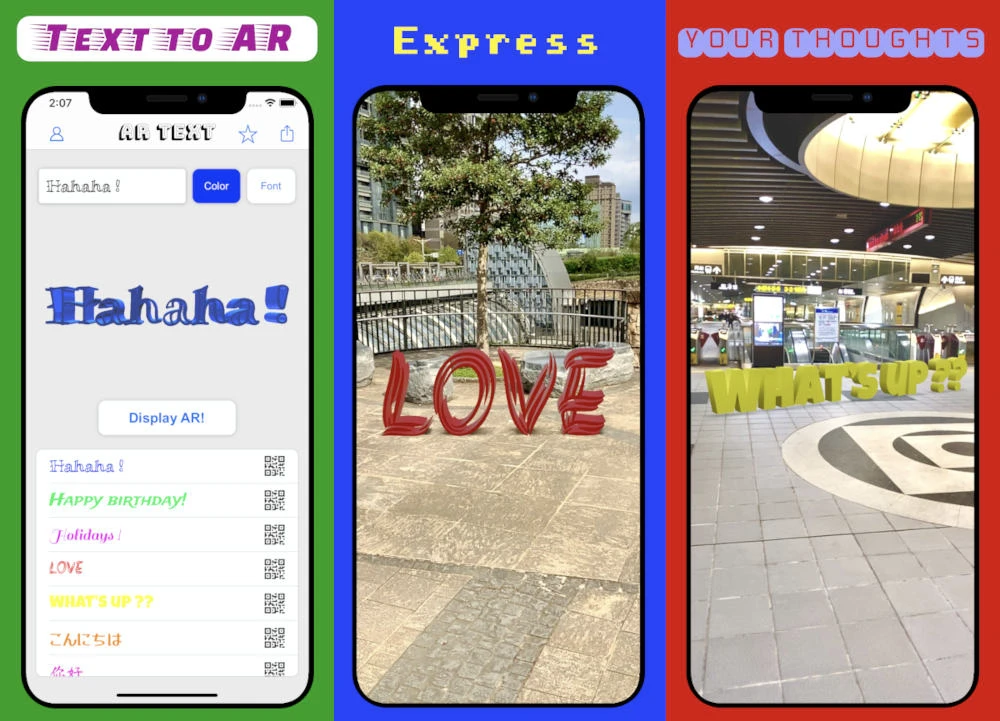
Enhance your business communication, marketing, and educational outreach with AR Text, a cutting-edge feature from AR Code. Transform text into eye-catching 3D AR animations to boost audience engagement and elevate your brand. AR Text delivers interactive experiences for businesses, educators, and creative...
VIDEO TUTORIAL: Create an AR 3D Photo on AR Code
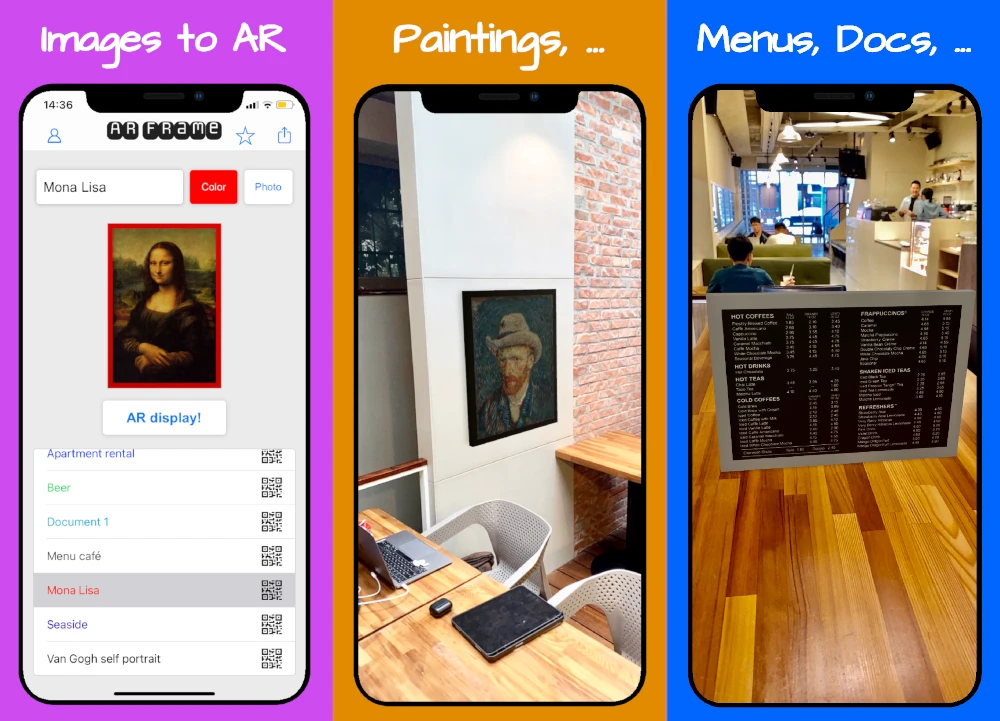
AR Code is transforming 3D Augmented Reality photography for businesses with user-friendly, industry-leading tools that streamline AR photo creation and sharing. Our advanced AR Code SaaS solutions enable businesses worldwide to generate and share captivating AR QR Codes that drive customer attention and...
144,122 AR experiences
544,775 Scans per day
127,932 Creators
